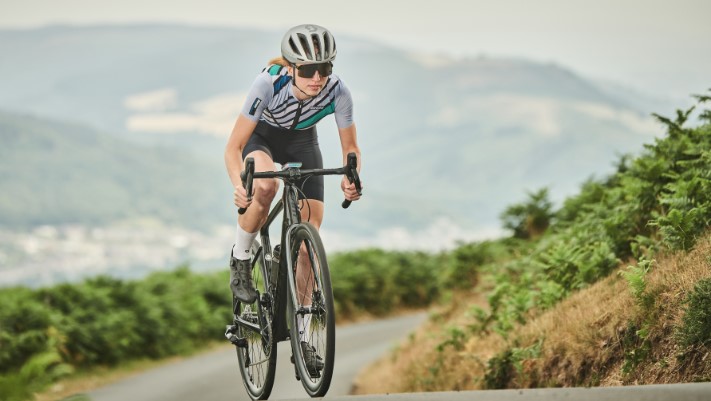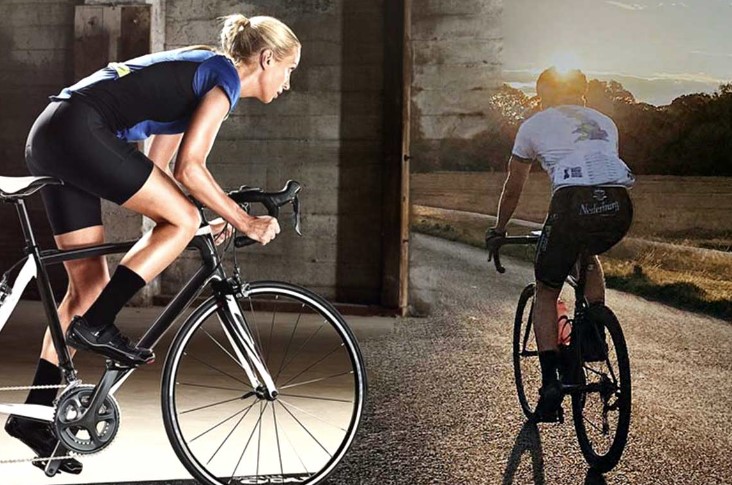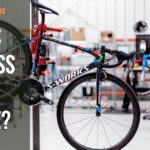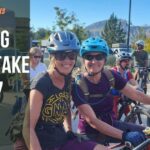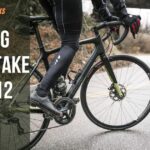For both beginners and pros cyclists, deciding to bike 8 miles raises the question: how long does it take to bike 8 miles? The answer depends on a variety of factors, including your current fitness level, the bike you ride, the terrain you cover, weather conditions, and more. With proper planning and training, an 8-mile ride is a achievable goal that provides a rewarding test of endurance. This guide covers key aspects that determine your pace so you can estimate your personal 8-mile biking duration. Whether you’re clock-watching or just out for fun, embrace the journey and adventure of life on two wheels.
How long does it take to bike 8 miles?
General time estimates provide a helpful starting point. But every cyclist’s journey is unique. Let’s explore additional factors that alter your individual speed and duration to bike 8 miles.
Your Unique Fitness Baseline
While the beginner, intermediate and advanced paces previously discussed provide ballpark figures, adopt them as general guidelines only. Your personal fitness level likely falls somewhere in between.
For example, you may be a regular cyclist in summer, but have lower winter mileage. So your current “riding shape” varies seasonally.
Or perhaps running or swimming keeps your cardio fitness up, but your cycling-specific endurance needs development. In this case, your overall fitness exceeds your cycling pace.
Track your rides using stats like average speed, distance and duration. Over time, trends emerge so you can tailor expectations to your unique fitness arc.
Other Speed Impactors: Bike, Terrain, Weather
Additionally consider how factors like your bike type and components, riding terrain and weather conditions alter speed over a typical 8 miles.
For example, a lightweight road bike averages faster speeds than a steel framed beach cruiser when combined with slick tires and multiple gears.
And while a flat bike path allows you to find an optimal pace, continual steep hills greatly reduce overall speed despite high effort climbing each one.
Strong headwinds, cold temperatures and rain can also negatively impact speed, so adjust expectations accordingly based on the ride’s overall difficulty.
Enjoy the Ride First, Data Second
Biking exposes us to fresh air, new scenery and that wonderful sense of self-propulsion. So don’t get fixated on speed, distance or duration data which sucks joy from the experience.
Ride within your comfort zone, taking needed breaks to fuel up and appreciate surroundings. With consistency, speed and endurance naturally improves over time. But for now, embrace each journey for the thrill, adventure and personal achievement it brings.
Factors that Impact Cycling Time Over 8 Miles
When asking “how long does it take to bike 8 miles?”, the simplest answer is: it depends! A wide range of factors shape your speed and total cycling duration. By understanding these variables, you can tailor realistic expectations.
The Bike Itself
Your cycle’s design greatly impacts speed and efficiency when riding 8 continuous miles. Road bikes or flat-bar hybrids allow faster paces than heavy steel cruisers or low-geared fixies. Components like gear ratios, tire tread and weight also contribute. Generally, lighter bikes with smooth tires and multiple gears achieve greater speeds.
The Engine: Your Fitness
As the engine powering forward motion, your cardiovascular endurance directly correlates to cycling pace. Highly trained cyclists possess a robust heart and lung capacity coupled with muscular endurance pedaling for hours. Beginners often lack this base. So expect your speed and distance capabilities to expand as your fitness develops.
Fuel: Proper Nutrition
No machine runs well without proper fuel. Our bodies require consistent energy and hydration when exerting over long durations. Eat easily digestible carbs before and during rides. Keep high-glucose snacks on hand. And drink about a half-liter of water per hour. Learning optimal fueling allows you to bike stronger and longer.
Terrain: Hills and Headwinds
While smooth, flat roads make maintaining speed easier, nature doesn’t always cooperate. Hills require high effort climbing which drastically slows overall pace. Similarly, strong headwinds directly oppose forward movement so you work harder to bike the same 8-mile distance. Plan more time for highly hilly or windy rides.
Weather Conditions
Inclement weather like cold, rain or snow decreases both safety and speed. Low traction, decreased visibility and impaired bike handling are key risks. Bulkier clothing also makes you less aerodynamic. Seek dry days to set speed PR’s. Adjust goals downward when weather worsens.
Revving Your Engine: Training Strategies for Faster Cycling Improvement
As an endurance sport, cycling requires tremendous physical and mental stamina. Whether competing or just seeking fitness, riders aim to cover more distance at faster speeds. Let’s explore key training strategies to boost cycling performance.
Building Your Base: Aerobic Endurance
As with any structure, a solid foundation provides critical support. In cycling, that base is cardiovascular endurance – your aerobic system’s capacity to deliver oxygen to working muscles over long durations.
Beginners should focus primarily on long, slow distance rides of 60-90 minutes to expand lung capacity and blood circulation. Gradually increase weekly mileage and riding duration to improve endurance. This allows faster riding at lower perceived effort.
Surging Strength: Muscular Force Generation
Pedaling efficiency relies on strong leg muscles to generate sustained power. But upper body and core strength also contribute greatly to stability, bike handling and injury prevention.
2-3 gym sessions weekly build cycling-specific strength. Focus on quadriceps, glutes, calves and hip flexors. Also train antagonistic muscles like hamstrings to prevent imbalance. Core exercises improve posture and transfer effort to the drivetrain.
Interval Intensity: Boosting Speed + Recovery
Once an endurance baseline develops, add interval sessions to boost speed and recovery. Short, high-intensity efforts directly target the anaerobic system, increasing its capacity and efficiency.
Common interval formats include high resistance climbs, all-out sprints, and sustained tempo efforts just below your lactate threshold. Follow each hard interval with an easier spin for active rest.
Nailing Technique: Efficiency in Motion
Proper positioning, pedaling and handling skills drastically reduce wasted motion and energy expenditure. Master super important techniques like climbing out of the saddle, descending confidently, cornering smoothly and drafting strategically.
Record your riding to identify areas needing refinement. Small adjustments add up to big speed gains over the miles.
Fueling Your Fire: Optimal Nutrition
Well-fueled muscles perform optimally. Follow a whole food diet with adequate protein for rebuilding and carbs to restock muscle glycogen. Hydrate before, during and after riding.
On rides exceeding 60 minutes consume easily digestible carbs like gels, chews and bars every 45-60 minutes. Electrolyte blends prevent cramping by replacing sodium, potassium and magnesium lost sweating.
Adopting all five strategies synergistically takes your cycling fitness and speed to the next level. Stay consistent in training, keep challenging yourself, and enjoy the fruits of faster riding!


